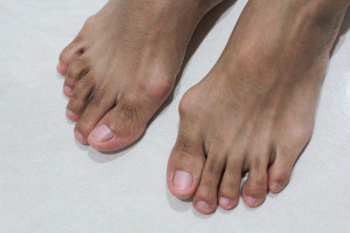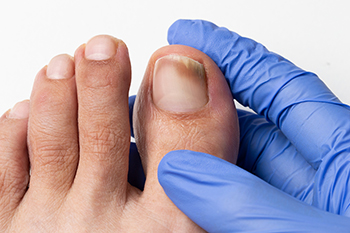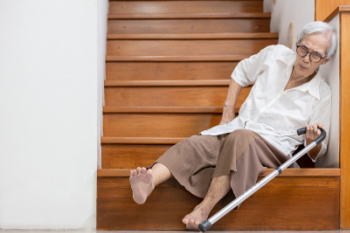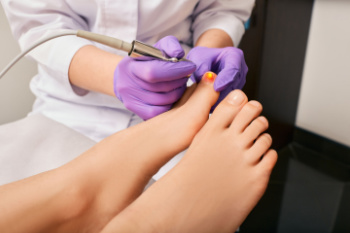
Excess weight can significantly affect the feet, toes, and ankles, as they bear the body’s weight during standing, walking, and other activities. Increased pressure on the feet can lead to pain, particularly in the heels and forefoot, as well as deformities like hammer toes, claw toes, and bunions. These issues may arise because excess weight can alter how weight is distributed across the foot, leading to strain on the arches and possibly resulting in flat feet. Over time, extra weight can also affect mobility and balance, making everyday tasks more challenging. Research suggests that the likelihood of experiencing foot pain increases with higher body mass index, or BMI. A podiatrist can perform a comprehensive evaluation to diagnose weight-related foot issues and offer treatment options to reduce pain, enhance mobility, and prevent further complications. If you have foot problems that may be related to your weight, it is suggested that you schedule an appointment with a podiatrist for a diagnosis and treatment options.
The more you weigh, the harder your feet must work to support your body. If you’re an obese individual and are concerned about your feet, contact one of our podiatrists from Westside Podiatry Center, LLP. Our doctors can provide the care you need to keep you pain-free and on your feet.
Obesity and Your Feet
People who are overweight are putting more pressure on their ankles, knees, and hips as well as their feet. This unfortunately can lead to variety of different issues.
Problems & Complications Stemming from Obesity
- When the body is overweight, it tries to compensate by changing the way that it moves. An obese person may lean forward and put extra weight on the wrong part of the foot. This puts unnecessary stress on the feet.
- Obese people are also more likely to develop type II diabetes which is a condition that causes a lot of foot problems. People with diabetes often don’t feel the cuts and sores that they may have on their feet, which can lead to more complicated and severe issues.
- Plantar fasciitis is another foot condition that can be caused by obesity. Plantar fasciitis is an inflammation of the tissue along the bottom of the foot, which causes pain and stiffness while walking and climbing stairs.
If you have any questions, please feel free to contact one of our offices located in Liverpool, Camillus, Skaneateles, Oswego, and Cicero, NY . We offer the newest diagnostic and treatment technologies for all your foot care needs.





